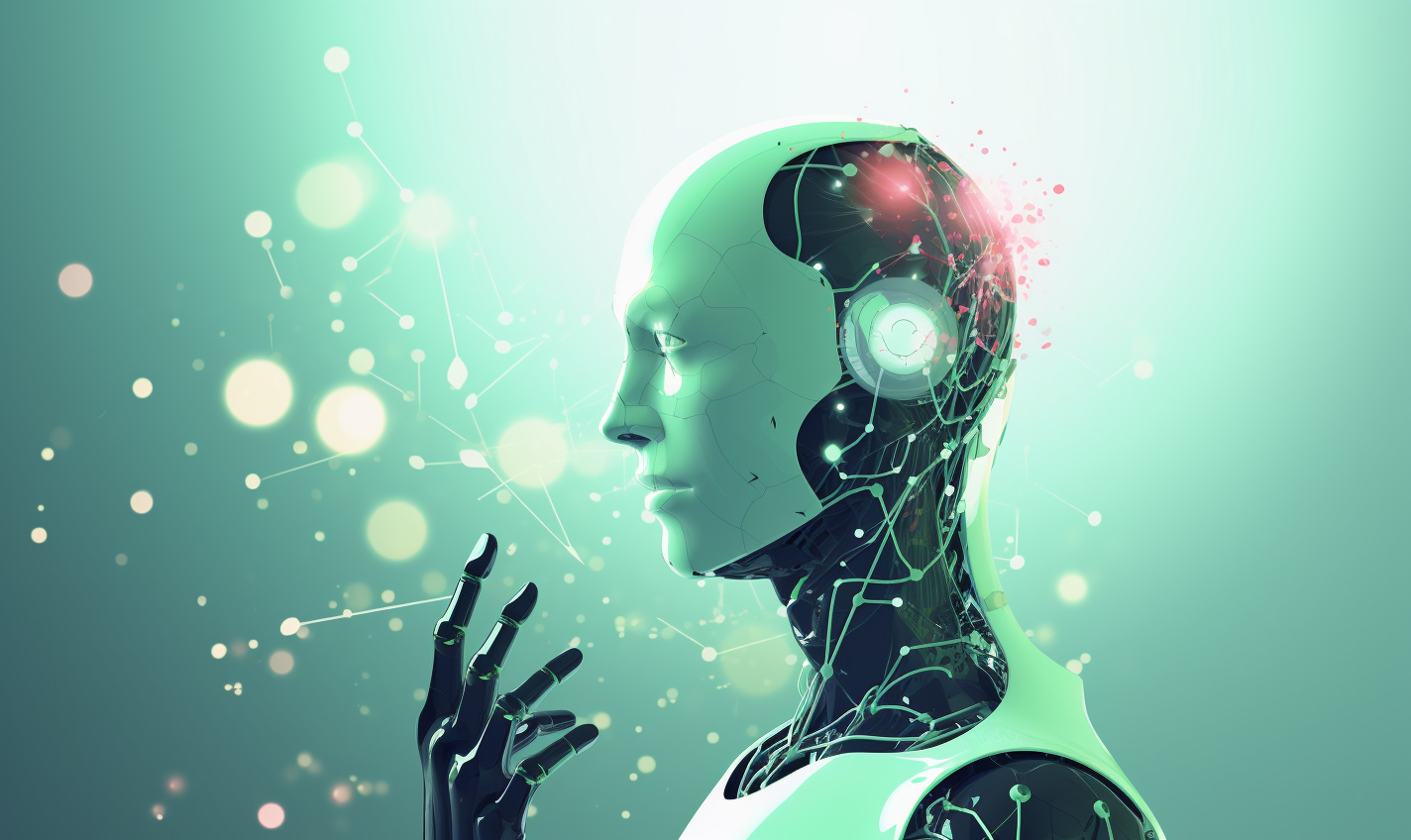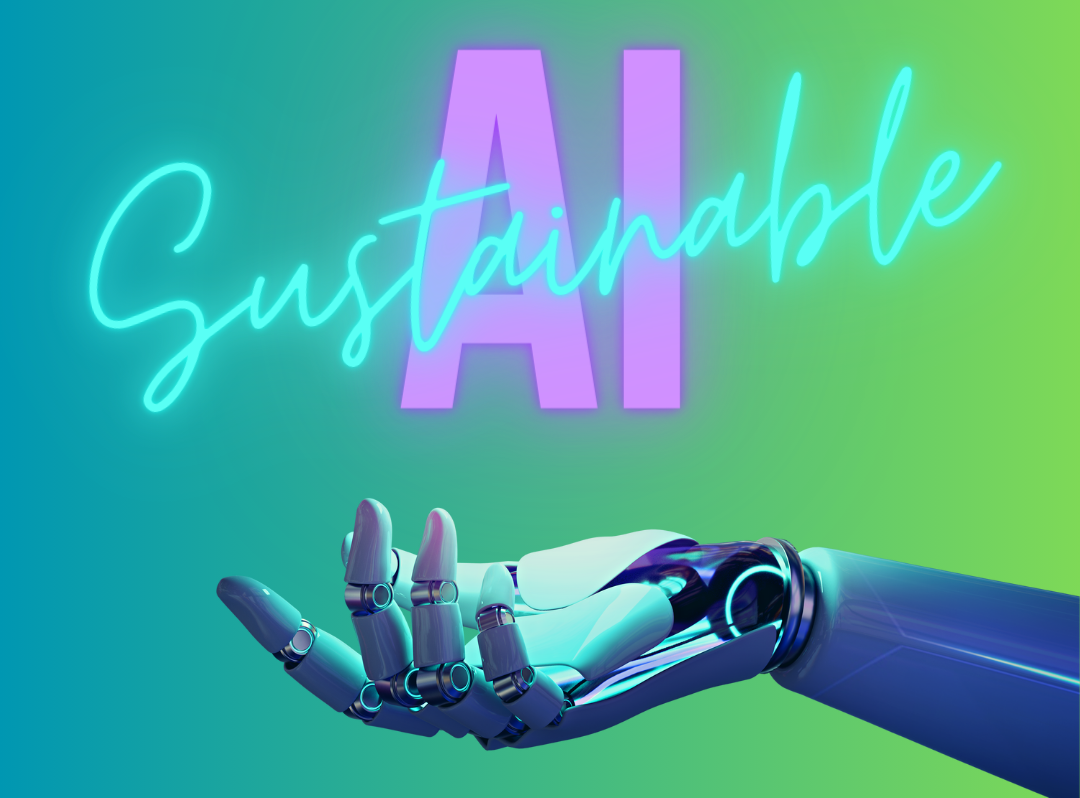
Embracing Sustainable AI: Dual Pathways to a Greener Future
Artificial intelligence (AI) stands at the frontier of technological innovation, offering transformative potential across industries. Yet, as we harness its power, it is crucial to address two intertwined dimensions: “AI for sustainability” and “the sustainability of AI”. These concepts encompass leveraging AI to foster sustainable development and ensuring that AI technologies themselves are environmentally sustainable. Let’s explore these dual pathways in depth, considering insights from recent research and thought leadership.

AI for Sustainability
Accelerating Sustainable Development Goals
AI’s capacity to process vast datasets and identify patterns can be a game-changer for sustainable development. According to the World Economic Forum, AI can significantly enhance efforts in four key areas:
- Climate Change Mitigation: AI algorithms can optimize energy use in buildings, predict and manage renewable energy sources, and enhance climate models. This can lead to substantial reductions in greenhouse gas emissions and more efficient energy consumption.
Biodiversity and Conservation: AI technologies, such as machine learning and computer vision, are employed to monitor wildlife populations and track changes in ecosystems. This aids conservation efforts by providing real-time data and predictive analytics to prevent biodiversity loss.
- Water and Agriculture: Precision agriculture, powered by AI, can increase crop yields while minimizing environmental impact. AI systems analyze soil health, weather patterns, and crop needs, leading to efficient use of water and fertilizers, and ultimately, sustainable food production.
Disaster Response: AI improves disaster prediction and response through enhanced data analysis and forecasting. It can help in early warning systems, resource allocation during emergencies, and post-disaster recovery, thereby saving lives and reducing economic losses.
Innovative Applications Driving Sustainability
In the realm of sustainability, AI’s innovative applications are numerous and growing. For example, AI-driven smart grids are revolutionizing the way energy is distributed and consumed, reducing waste and promoting the use of renewable sources. In urban areas, AI helps design and manage smart cities that use resources more efficiently, reduce pollution, and improve the quality of life for residents.
The Sustainability of AI
Environmental Footprint of AI
While AI has the potential to drive sustainability, its development and deployment come with significant environmental costs. Training large AI models requires immense computational power, leading to high energy consumption and carbon emissions. A study highlighted in Nature notes that the carbon footprint of training a single AI model can be equivalent to the lifetime emissions of five cars.
Strategies for Sustainable AI Development
To mitigate these impacts, researchers and practitioners are focusing on making AI itself more sustainable:
- Energy-Efficient Algorithms: Developing algorithms that require less computational power is critical. This can involve optimizing existing algorithms, creating more efficient neural network architectures, or utilizing novel computing paradigms like quantum computing.
Renewable Energy Sources: Powering AI data centers with renewable energy sources can drastically reduce their carbon footprint. Tech giants are increasingly committing to using 100% renewable energy for their data centers.
- Hardware Innovation: Designing energy-efficient hardware tailored for AI workloads can also play a significant role. This includes specialized chips that deliver higher performance per watt than traditional processors.
Sustainable Practices: Adopting sustainable practices in the lifecycle management of AI systems, from development to deployment and decommissioning, ensures that the environmental impact is minimized throughout.
A Research Agenda for Sustainable AI
The path to sustainable AI is multifaceted, requiring concerted efforts from academia, industry, and policymakers. A comprehensive research agenda, as outlined in various studies, should focus on:
- Interdisciplinary Collaboration: Bringing together experts from AI, environmental science, economics, and other fields to address complex sustainability challenges.
-
Policy Frameworks: Developing regulations and policies that promote sustainable AI practices and ensure transparency and accountability in AI development.
- Public Awareness and Engagement: Educating the public and stakeholders about the environmental impacts of AI and the importance of sustainable AI practices.
Conclusion
Sustainable AI is not just a technological challenge but a societal imperative. By leveraging AI to drive sustainable development and ensuring that AI technologies themselves are sustainable, we can harness the full potential of AI in creating a greener, more equitable world. The journey toward sustainable AI is complex and requires collaboration, innovation, and a commitment to ethical practices. As we advance, it is crucial to balance AI’s transformative capabilities with our responsibility to protect the planet for future generations.


